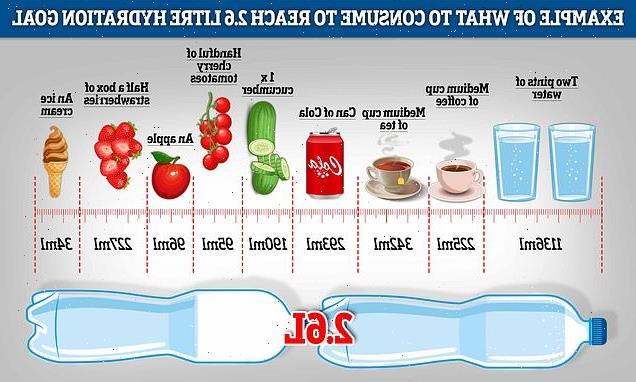Thought you couldn’t love Beyoncé any more? You need to read what happened when she saw the original movie posters for Austin Powers In Goldmember.
As well as triumphantly returning to the charts with a brand new album and giving a whole new meaning to the term renaissance, this summer, global superstar Beyoncé is also celebrating the 20th anniversary of the smash hit 00s film Austin Powers In Goldmember, in which she portrayed the iconic Foxxy Cleopatra.
While the pop culture landscape is now unrecognisably different, the patron saint of living life on your own terms remains very much in control of her own image, unafraid to speak up when she’s unhappy with the state of play. And when she isn’t happy, you sure know about it – just see her 2016 magnum opus Lemonade for more details on that.
So we couldn’t help but cheer when we learned that our beloved Queen Bey had fought to ensure that Foxxy Cleopatra was an authentic representation of her real body on the movie posters for the 2002 comedy.
In a recent Vulture retrospective on the singer’s role in Austin Powers In Goldmember, the production’s make-up artist Kate Biscoe revealed that Beyoncé reportedly asked that the poster for the movie be redone because she wasn’t happy with how it represented her.
According to Biscoe, Beyoncé got straight to the point when she saw the original film posters had reportedly altered her figure.
“She says, ‘You made me too skinny. It’s not me,’” Biscoe told the outlet.
“Then she did this hourglass shape. And he said, ‘Okay, we’ll fix that.’”
Biscoe went on to explain that following the interaction, the decision was made on the spot to alter the posters.
“She walked away to go do the scene, and I looked at him and smiled, like, ‘Is that the first time that you’ve ever had an actress ask to make her body bigger?’
“He was like, ‘Yes. It’s going to cost me thousands of dollars, but I am going to do it.’”
The movie, which was the third instalment in the popular Austin Powers franchise, was Beyoncé’s second major movie role after appearing in Carmen: A Hip Hopera in 2001. This was a time when her debut album, Dangerously In Love, hadn’t yet been unleashed upon the world, and the star was still very much laying the groundwork for world domination.
It’s all the more praiseworthy, then, that Beyoncé had the courage to stand up for herself when she realised that her image was about to be manipulated in a way that compromised her integrity. In the 00s, the ideal body type lauded by the media was overwhelmingly rail-thin, white and able-bodied. Celebrities were regularly body-shamed, dialogue around weight gain was pervasive and magazine covers and adverts were heavily photoshopped.
Amid this cultural fixation with extreme thinness, Beyoncé, a young woman in the public eye who likely felt the pressure to be thin, chose to be herself. Whether she was conscious of advocating for a more diverse representation of bodies in media or not, we shouldn’t underestimate the value of seeing a woman like Beyoncé celebrating her natural body, regardless of other people’s opinions.
Images: Getty
Source: Read Full Article




